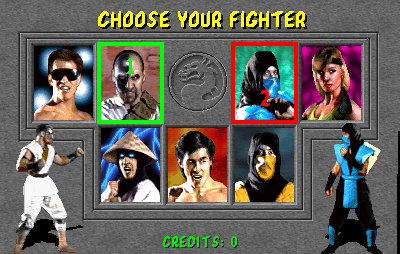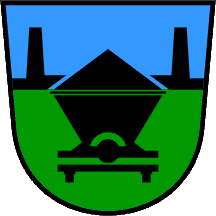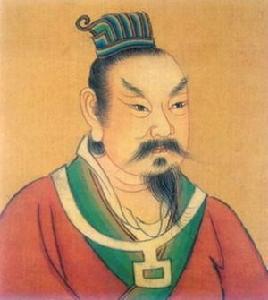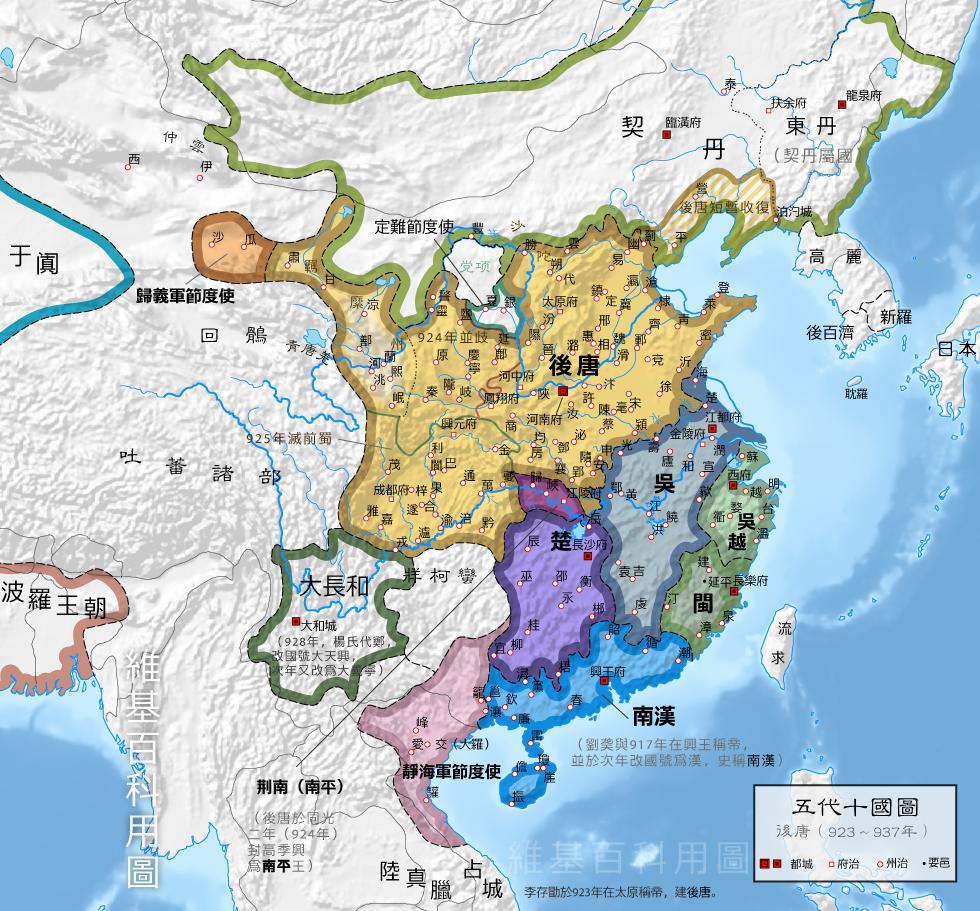 |
| *gestures hands wildly in the air* |
Remember when I ranked the
Sesame Street Muppets? Yeah, that was cool. Now I'm going to rank the other ones. You know, the main ones from
The Muppet Show,
Muppets Tonight, and all of the feature Muppet movies? Kermit will be on both lists, and you're just going to have to deal with that.
There are hundreds of different Muppets, so I'm just going to rank the top 20.
20. Clifford - Clifford is not that memorable, but I guess he rose to be "important" enough to be the host of
Muppets Tonight in the 1990's. Other than that, he's just a largely forgettable, "hip, cool" pink, Rastafarian Muppet musician. You could easily just mistake him for an obscure member of Dr. Teeth's Electric Mayhem band, but I guess he's not.
19. The Snowths - Speaking of pink things, the Snowths are pink. They do the "Mah Na Mah Na" and that's it. That's all they got. A one-hit wonder, known only for that. I'm still going to rank them here above Clifford out of principle, just to make sure that awful/boring characters like
Walter don't make it to this list.
18. Robin Frog - Robin is one of those "kid version of another character" type of characters, in that he's really just supposed to be the little, sweet nephew of Kermit. Sort of boring, but then again Robin was given a couple of notable roles throughout the history of the Muppets, perhaps most prominently taking on the role of Tiny Tim in
A Muppet Christmas Carol.
17. Bobo the Bear - It's super weird to me that Bobo the Bear even exists. The Muppets already have Fozzie Bear, who is a lot more cartoonish and (by comparison) looks almost nothing like an actual bear. Bobo looks more like a real bear and is sort of dumb/easily confused. I guess he's the Pluto to Fozzie's Goofy.
 |
| Behold: Animal. Plus four other insignificant randos. |
16. Dr. Teeth and The Electric Mayhem - Yes, I'm throwing the entirety of this band together, minus one of them. This is the house band for
The Muppet Show,
which includes Dr. Teeth, Janice, Floyd Pepper, Zoot, and Animal. Later
the band also included "Lips." No, lips isn't the girl with the huge
lips. That was Janice. Animal will be ranked separately from this entry,
because he was the only member of the band that was really interesting
at all.
15. Uncle Deadly - Most people assume that Uncle Deadly was a new addition to the Muppets as the #2 villain in the 2011 film
The Muppets. However, that was just him taking on a bigger role than he ever had before. His time with the Muppets as a super, minor character goes all the way back to the Vincent Price episode of The Muppet Show in the 1970's, where he was depicted as a Phantom of the Opera-type of character. He would have been way too obscure to make this ranking though, had not the 2011 film raised his profile.
14. Scooter - Scooter is weird. I don't totally dislike him, but his characterization is all over the place. Originally, he was the backstage manager of The Muppet Show who was an idiot that only got the job because of nepotism. In that role, he had a somewhat antagonistic relationship with Kermit. Until he didn't, because they just sort of dropped that aspect of Scooter's personality and made him Kermit's helpful assistant and a competent show producer. Then by the time Muppet Babies came around, he was given a third completely different personality - that of a brainy computer wiz. Whatever, Scooter. Just pick a personality and go with it.
13. Sweetums - In a lot of ways, Sweetums is a super obscure character who barely even features in any stories. He's just a giant, scary-looking monster that's usually in the background. He's a huge ogre with pointy teeth. But his personality is that he's actually sweet (hence the name) and friendly. Which is cool. I guess it means that beauty is on the inside. Or something.
12. Rizzo the Rat - Ah, Rizzo. He's a streetwise, New Jersey rat. He started off only as a background character, but then would "steal the scene" and be given a name and actual personality traits (such as a fear of heights). Eventually, he'd go on to become a duo with Gonzo (when Gonzo decided to be a magician) and he's also take on notable roles in quite a few Muppet movies.
 |
| About to drop a rap album. |
11. Statler and Waldorf - The two old guys who insult everyone and talk shit from the balcony. They are hilarious. I don't need to explain these guys any more, do I?
10. Sam Eagle - I don't know what you think of Sam Eagle personally, but as a kid this Muppet used to really scare the hell out of me. He's just so freaky and strange looking. His personality wasn't particularly scary, as he's just an American-loving weirdo that's a bit of a square. Creepy though. So creepy.
9. Rowlf the Dog - Rowlf is a weird, brown, shaggy mutt dog who plays the piano. He usually the wisecracker who jokes around, but can also deliver deadpan humor as well. While most episodes of The Muppet Show featured mayhem that would drive Kermit crazy, Rowlf kept his cool and didn't even care. Before Kermit took off, Rowlf was actually the first "big" Muppet star that Jim Henson was most famous for. He's just okay to me though.
8. The Swedish Chef - Zee-a Svedeesh Cheff is a tutelly
insuone-a cherecter vhu speeks nunsense-a. It's nut ifee-a reel
Svedeesh. He-a is nut a fery guod cheff ieezeer, is he-a's cleerly juost
thruoing ruondum cheeckens und cleefers iruound insteed ouff ictuoelly
cuokeeng. Still, he-a's pretty heeleriuous. Bork Bork Bork!
7. Dr. Bunsen Honeydew & Beaker - Hypothetically I could rank these two apart as different characters, but I won't. Dr. Bunsen (basically a mad scientist) actually predated Beaker by a bit, and initially appeared on
The Muppet Show without a sidekick. Finally, after realizing that insane scientists can be a lot more funny if they have an unfortunate, disaster-magnet of a sidekick, the show added Beaker. Beaker would just sit there, going "meep meep" in a very worried tone, and then Dr. Honeydew's experiment would generally blow Beaker up.
6. Animal - The frenzied, insane, furry red drummer of Dr. Teeth and the Electric Mayhem, who seemed to be made of energy. I assume the "Mayhem" part of the band name totally comes from this guy. He's often portrayed as being chained up to his drums, presumably because if he wasn't on a chain he would just violently murder and probably eat everyone around him. So basically just John Bonham (but on a little less heroin). He made the transfer to the
Muppet Babies cartoon, where he was still a crazy ball of energy but probably slightly less psychopathic in his youth.
5. Fozzie Bear - Wocka Wocka! You know this guy. He tells terrible, terrible pun jokes (which I love by the way, because puns are the best). He has horrible taste in clothes (polka dot ties and an old Buster Keaton pork pie hat). As with Rowlf initially being Jim Henson's biggest and most famous character until Kermit, Fozzie was initially Frank Oz's big character until Miss Piggy came along. He thought of himself and Kermit as best friends, although I'm not 100% sure that Kermit felt the same way back to him. As a terrible joke-teller, Fozzie was the most frequent target of the heckling of Statler and Waldorf.
.jpg) |
| Shellfish + Vishnu + Arthur Fonzarelli = |
4. Pepé the King Prawn - If any raking here is going to be "controversial," it's this one (by the way, you are probably a pretty lame and unnecessarily argumentative person if you think Muppet rankings are controversial). Pepé wasn't even in the original
The Muppet Show, nor the initial Muppet movies of the 70's, 80's and early 90's. He only debuted in 1996 on
Muppets Tonight, initially as half of a somewhat unimportant two-man act with Seymour the Elephant. His thick accent and terrible jokes (What do you get when you cross an elephant with a rhino? Eleph-i-no!) made him catch on quickly and he's probably be the most successful creation of of
Muppets Tonight. I love this dumb little prawn. Yes, I understand that he brings little new to the table, as he's basically just taking over the "annoying, accented scene-stealer" role that Rizzo used to play, and mixing it up with a little of Fozzie's "I tell bad jokes" role.
3. Miss Piggy - The Muppets didn't have a lot of female characters. I mean, we got Janice from the band and we got Miss Piggy. Miss Piggy herself isn't the most endearing or relatable character either, as she's a total diva bitch. Still, what would the Muppets be without Miss Piggy to be the yin to Kermit's yang?
2. Kermit the Frog - The most famous and important Muppet. The only Muppet that crosses over to Sesame Street as well as the main Muppet continuity. Beloved. I don't need to explain Kermit to you. You know who Kermit is. He IS THE DAMN MUPPETS. But is he the best one? No. To quote Frank Oz (in an inaccurate context), "There is another..."
 |
| Seriously, what is this thing? |
1. Gonzo
Gonzo is the best. He's crazy. He's eccentric. He looks funny with his weird hook-nose. Unlike other "big" Muppets which are clearly supposed to be specific animals (frog, pig, bear, dog), nobody knows exactly what the hell Gonzo is even supposed to be. That fact would go on to become a running joke throughout the various shows and films. Gonzo started off as a minor character on
The Muppet Show, and eventually grew to be one of the key characters. He loves various forms of performance art. Sometimes he's a magician. Sometimes he's a daredevil/stuntman that thinks he can be shot out of cannons. Sometimes he has low self-esteem. But he always, always, ALWAYS likes to fuck chickens. For some reason.






.png)










.svg/800px-Counts_of_Celje_coat_of_arms_(1-4).svg.png)
.svg/800px-Blason_ville_si_Ljubljana_(Slov%C3%A9nie).svg.png)



.jpg)









.jpg)


